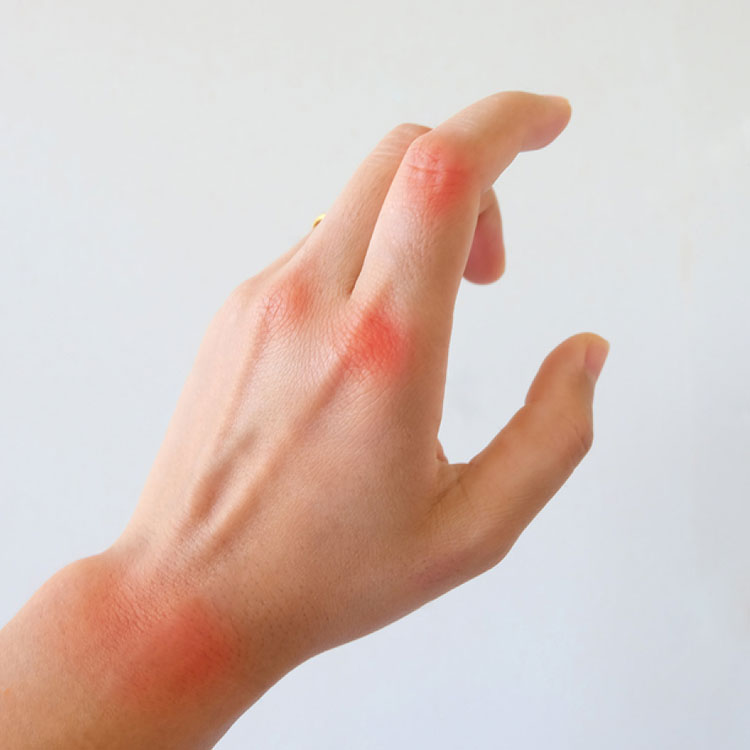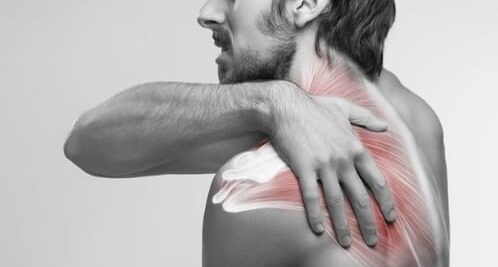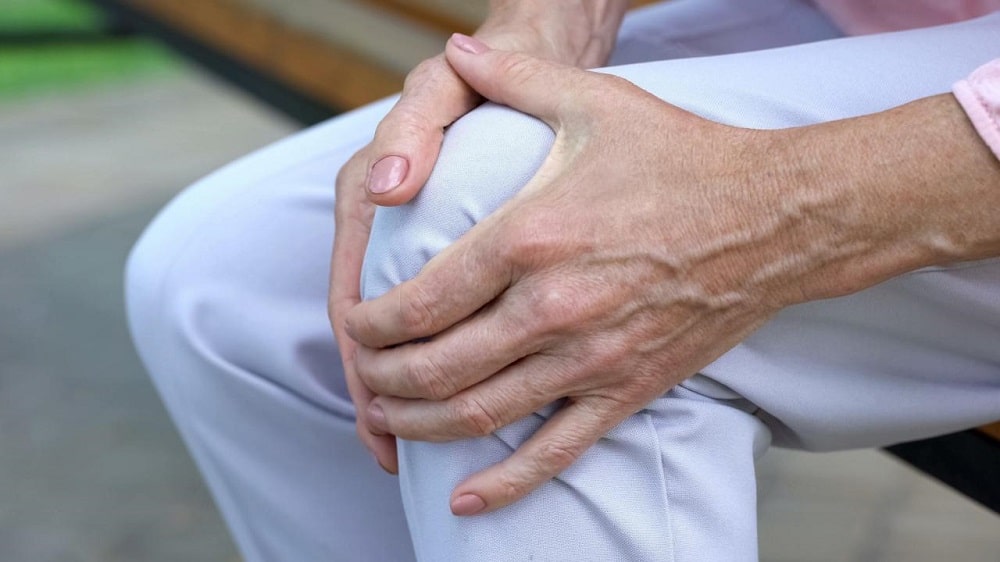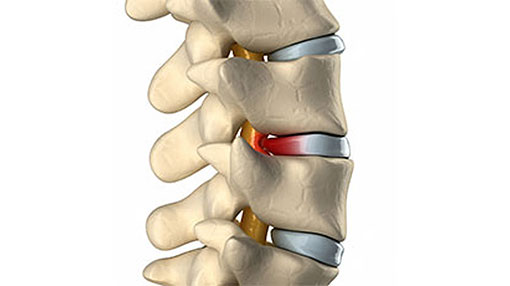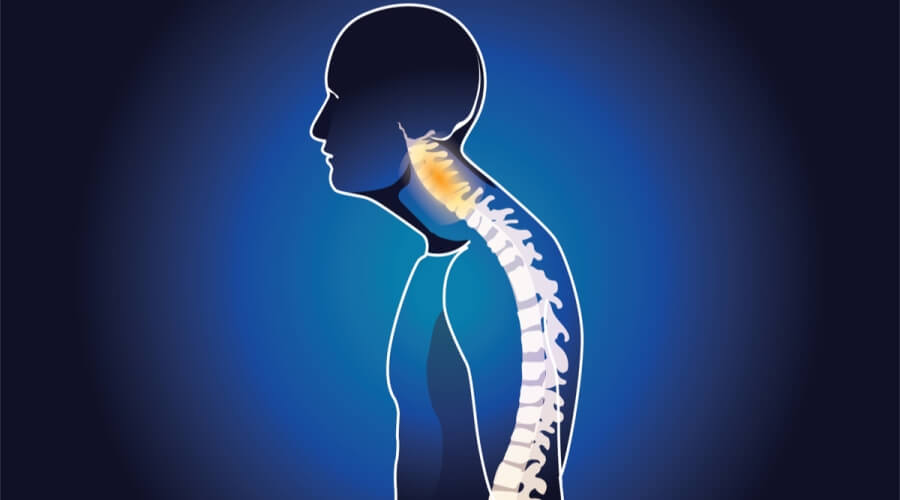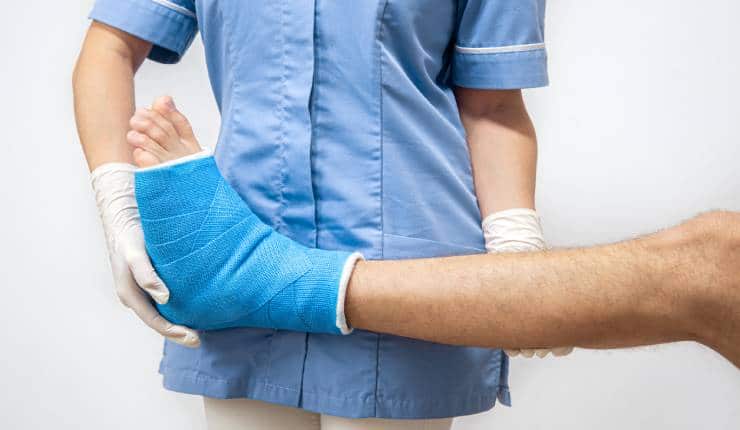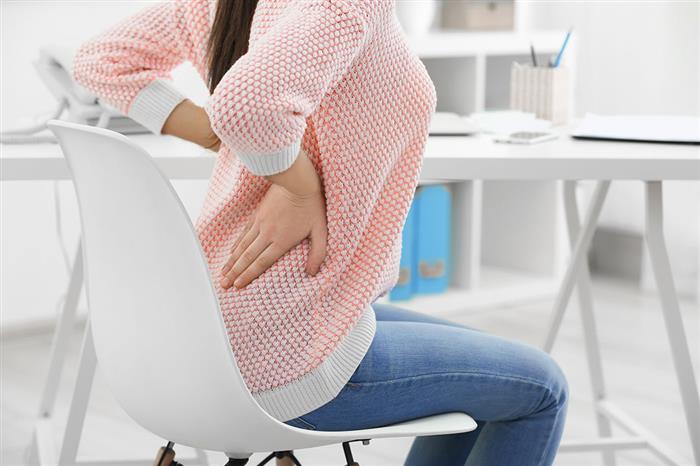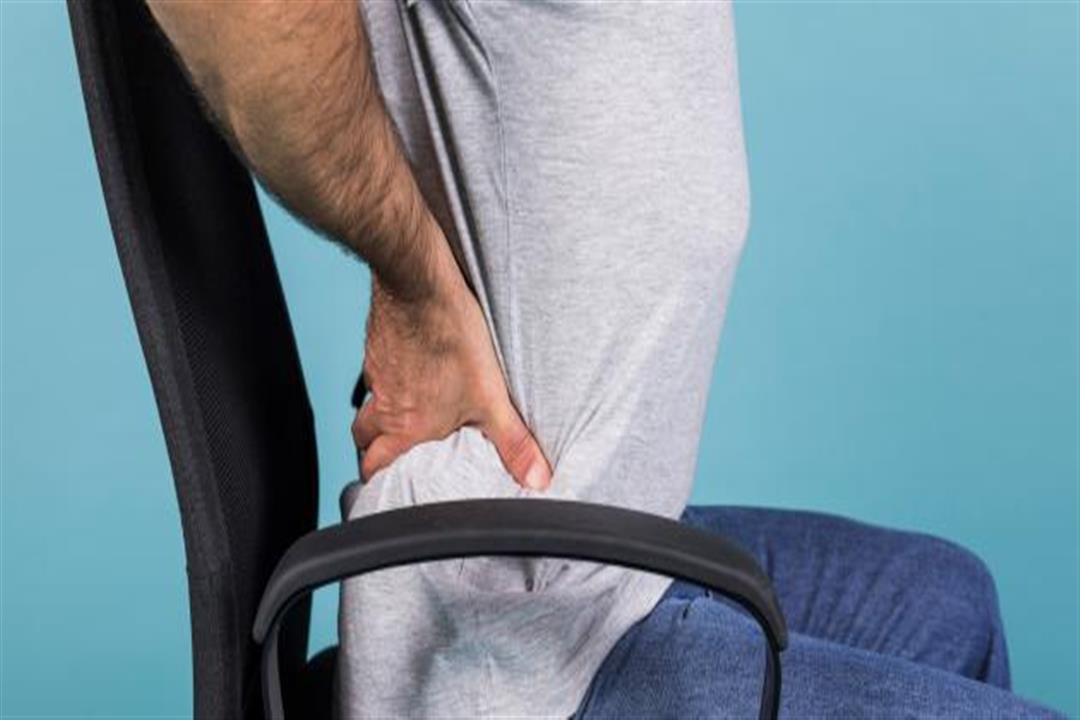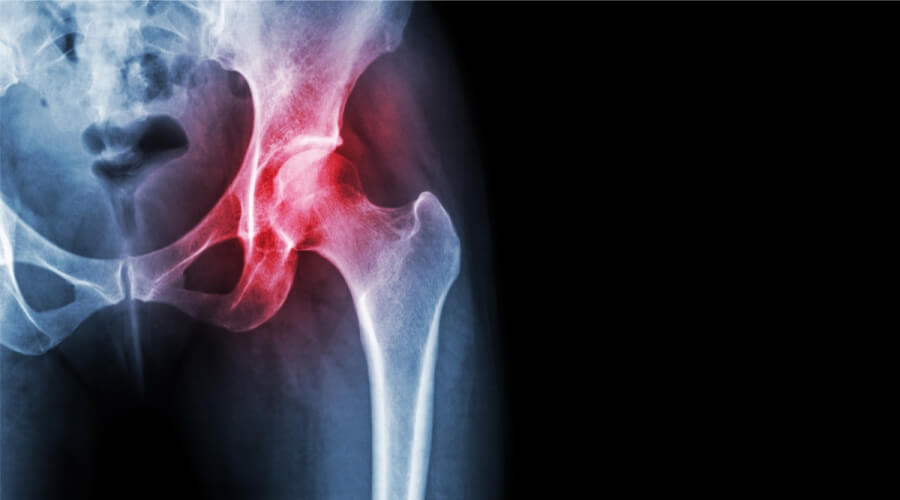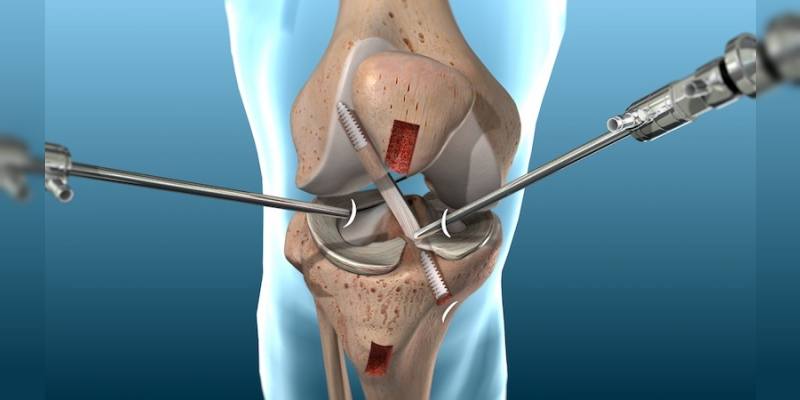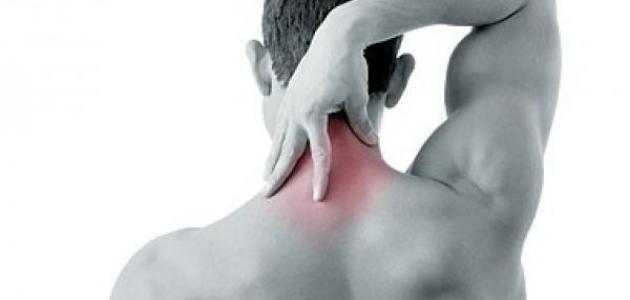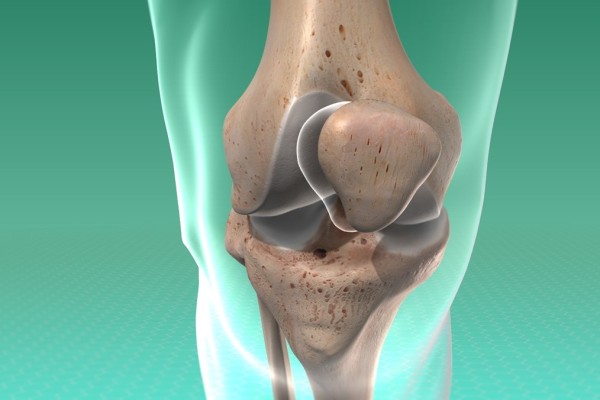What are the complications of knee roughness?
There is a lot of information that the following article explains about knee roughness and the complications that can occur due to the delay in treatment.
What are the complications of knee roughness?
Definition of knee roughness
We must first clarify that knee roughness is difficulty in moving the knee joint, and the patient suffers from pain when walking or bending the knee, changing from one position to another, and not feeling comfortable in the knee in general, and the pain usually increases in the morning periods and when sitting for a long time.
Causes of knee roughness
There is more than one underlying cause that increases the chances of knee roughness and the erosion of the cartilage between the ends of the bones in the knee, and knee roughness can also be affected by the presence of atrophy and damage to the tissues surrounding the joint, and there are a group of reasons that indicate the presence of pain and roughness in the knee, which are as follows:
- knee injuries
There is more than one type of injury that affects the knee and increases the possibility of roughness in it, including an injury to the cartilage inside the joint or a sprain of one of the knee ligaments, and also when the knee is exposed to fractures, this can cause roughness in it.
- Having degenerative arthritis
Degenerative arthritis usually affects older people, and this is because the body is more susceptible to infection, especially the knee and the cartilage in it, this inflammation results in swelling in the joint and pain accompanied by roughness in the knee.
- Gout inflammation
Gout attacks affect the body negatively and increase the pain felt by the sufferer, especially in the knee and foot. This condition can affect the knee in general and cause it to be rough.
- Bone cancer
Certainly, the incidence of a disease such as cancer affects the condition of the bones in the body and affects it with many diseases, including knee pain, and although it is one of the rare cases, it negatively affects the roughness of the knee.
Symptoms of knee roughness
There are many symptoms that occur to indicate the presence of roughness in the knee, including the following:
- There is swelling in the knee.
- A feeling of heat at the site of the pain.
- General muscle weakness.
- Redness of the skin in the affected part.
- Sometimes a person feels numbness in the knee.
Complications of knee roughness
There are a number of symptoms and complications that affect a person when he is exposed to knee roughness for a long time without maintaining treatment, and we offer you some of these complications:
- Increased body temperature.
- Having severe knee pain that is hard to bear.
- Difficulty controlling the lower extremities.
- Exposure to acute bleeding.
It is good for a person to be exposed to these complications because it is considered one of the late stages of knee roughness, so it is important to work to reduce symptoms and refer to the attending physician because this increases recovery rates and improves the condition of the knee.
Does vitamin D deficiency lead to knee roughness?
Vitamin D deficiency is one of the main causes that lead to osteoporosis because it affects the body’s ability to absorb calcium, which builds strong bone mass, and thus has a negative effect on the joints, especially the knee, that can lead to roughness in them.
Knee roughness treatment with olive oil
Olive oil is used to treat knee roughness and reduce the symptoms that accompany it, because it contains more than one substance and an important element, including oleic acid, antioxidants, and oleocanthal enzyme, and these elements work to treat swelling, reduce inflammation in the knee, and enhance joint strength.
How to use olive oil to treat knee roughness
More than one method can be used to treat knee roughness with olive oil, and the methods used are as follows:
- Massage: A knee massage or massage can be done by putting olive oil on it and massaging it by hand for 15 minutes a day.
- Eating olive oil: Olive oil can be mixed with drinks or water and green salad as well, which helps the body get rid of inflammation in the knee.

